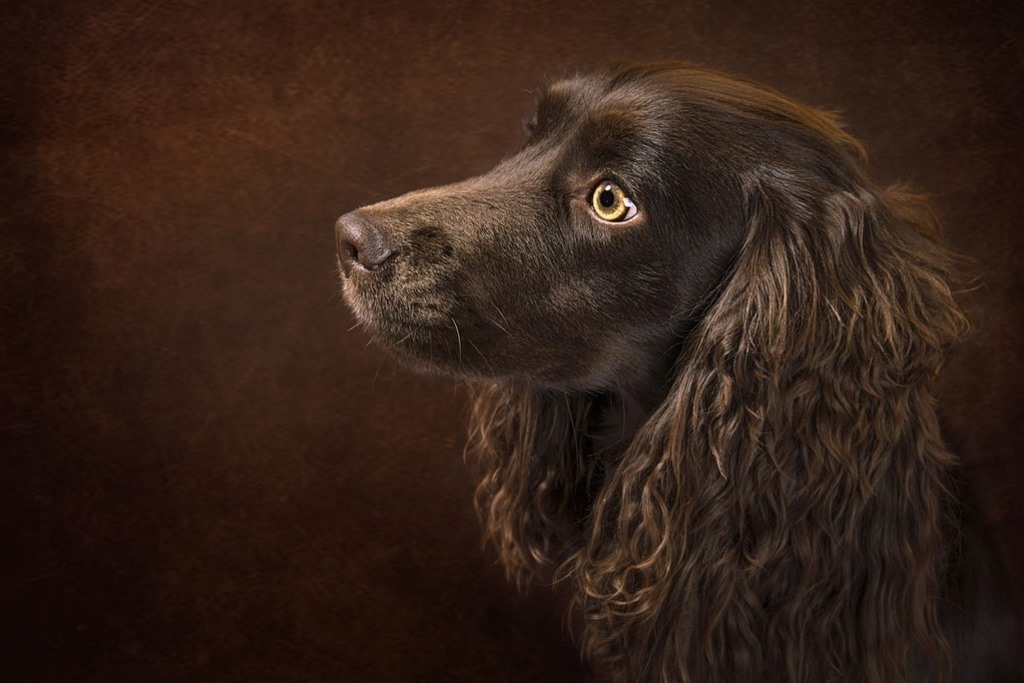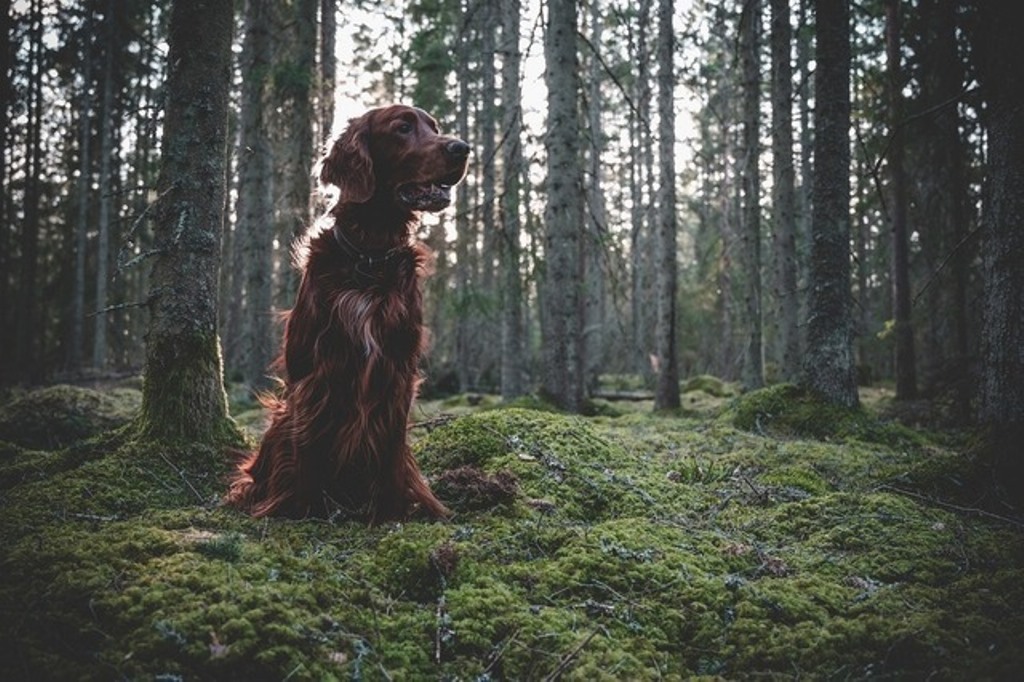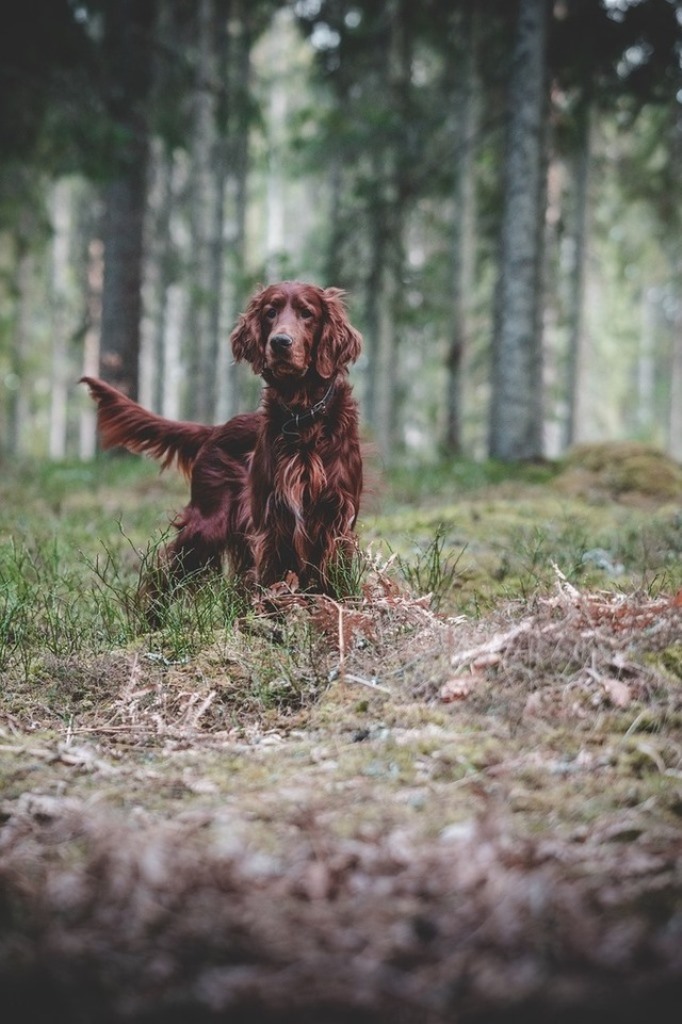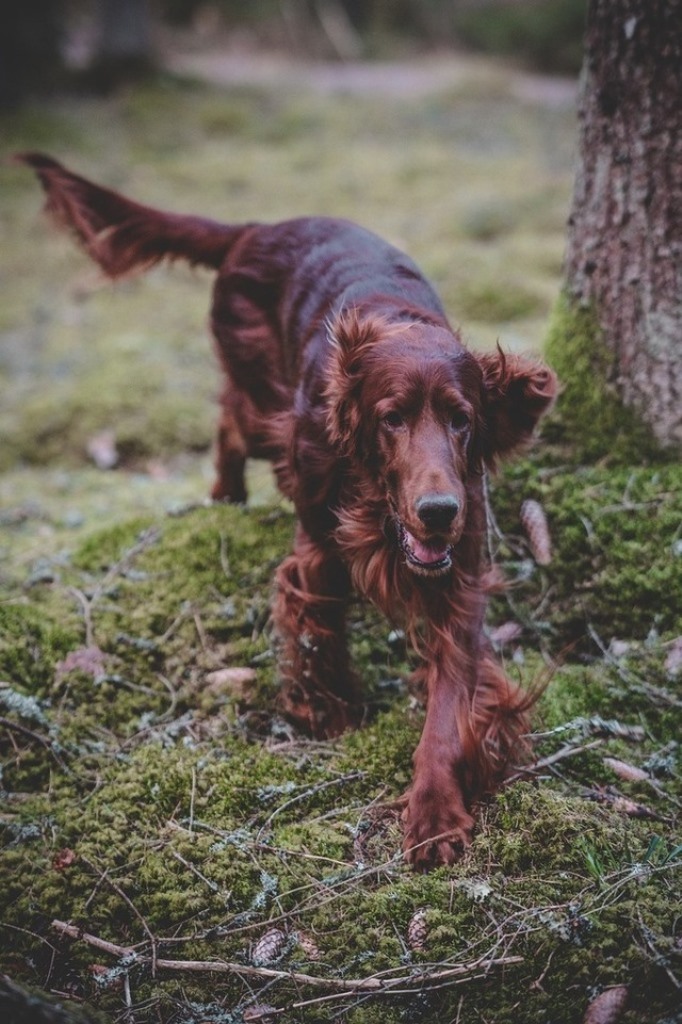
Characteristics and Nature of Field Spaniel Breed
The origin of the field spaniel dog breed is very old, originating from the ancient land spaniels of both Devon, UK, and Wales. It has the same origins as the cocker, in fact originally the two differed only in weight. The lighter specimens were classified as cockers, while the heavier ones, over 25 lbs, were considered field. This dog got its name from its great ability to work in open fields, in English field.
It was at one time considered better than the cocker itself in work and better than any other spaniel, in hunting; this until the end of the 19th century. After this period, selection favoured aesthetics and not functionality. This is why the field spaniel did not find much success both within its native territory and in the rest of Europe; in the United States it found slightly more interest.
When it was in vogue it was trained to hunt for and retrieve game, it was the ideal specimen for hunting in rough terrain or as a companion for people living in the countryside. It is a good working dog, very docile and active. Not highly regarded by hunters, it is nevertheless a good companion dog, although it always remains very independent.
Character of the field spaniel dog breed

The character of the field spaniel is mild, sweet and cuddly. It is a very intelligent dog and fairly easy to train, although it is sometimes a little stubborn. It is not suitable for living in the city or in a flat. It needs space outdoors, so the countryside is its ideal place, a house with a garden where it can spend several hours a day. However, do not forget that it fears loneliness a great deal, so it cannot be relegated to the garden alone, but needs to feel part of the family.
He needs exercise every day, so long walks and outdoor runs. He immediately becomes attached to the people around him, and with his owner he establishes a special relationship, considering him the ‘pack leader’, and sometimes this affection becomes a very strong attachment. He is loyal and very respectful.
Like most hunting dogs, he is quite independent, so he has no problem being alone for a few hours a day, but only for a few hours, as already mentioned he suffers from loneliness. With strangers it is a little wary, but never aggressive, then, if it sees them often in the house, it becomes their friend. With children he is tolerant and can establish a good relationship with them, provided, however, that the child respects his moments of independence and when he wants to be alone.
As far as training is concerned, being a very intelligent breed, they understand very quickly what you want from them, but early socialisation must begin from the first weeks of life; with other dogs they usually get along well, with cats much less so, as they see them as prey. Only if they grow up together can they get along well.
It is not a dog suitable for elderly or sedentary people, as it needs a lot of daily exercise to discharge all its energy, which is really a lot. In the home, however, he is calm and knows how to behave.
Appearance of the field spaniel dog breed

The field spaniel is a medium-sized but small specimen; the height at withers of a male is around 45 centimetres and weighs between 18 and 25 kilograms, the female usually a little less.
It is very similar to the cocker, although it has a more elongated body and shorter legs. Its build, however, is robust and elegant, well-proportioned, with a noble bearing, built for activity and endurance. Its limbs are straight and muscular and its feet round, but not too small. It moves with long, regular strides. The tail is attached low, fringed, never carried above the level of the back, with lively movements.
The head is proportionate to the rest of the body, the muzzle is dry and long up to the truffle, which is generally dark and with well open nostrils. The eyes are generally dark, hazel or brown in colour and have a very sweet expression. The ears are wide, broad and are attached rather low. The ears as well as the tail are well fringed.
The coat is what characterises this breed; it is long and smooth, very thick and glossy. In some areas there is abundant fringing; usually on the chest, under the trunk, behind the legs, ears and tail. Its fur is also waterproof. The colours are: black, golden liver-coloured, mahogany with or without fringing, but always plain.
Care and health of the field spaniel dog breed

The field spaniel is a well-built dog and tends to be strong. However, as in all breeds, joint diseases such as hip dysplasia and some recurring diseases of a hereditary nature may occur. They may also be affected by otitis, progressive retinal atrophy and hypothyroidism, although these diseases are quite rare in this breed.
It has an average life expectancy of around 11 years. It does not particularly fear heat or cold, but in the case of strong heat it is a good idea to move physical activities to the cooler hours of the day. As far as the cold is concerned, although it is a hardy dog, it much prefers to sleep indoors in winter.
As far as nutrition is concerned, there are no particular dietary tricks; a controlled and balanced diet is sufficient, based also on daily exercise, and if he does enough exercise he has no obesity problems.
The care of the coat requires regular maintenance, so it is good to brush it a couple of times a week to avoid knots and felting. The ears should be checked often to prevent debris or dirt from getting in.






















